
Introduction
Smoothies are a popular and nutritious way to enjoy a refreshing and healthy drink. However, not everyone has access to a blender to create these delicious beverages. Fortunately, there are alternative methods that allow you to make smoothies at home without a blender. In this guide, we will explore various techniques and tools that can be used to create smoothies using simple ingredients and readily available kitchen equipment. Whether you don’t have a blender or prefer to try something different, these methods will enable you to enjoy homemade smoothies with ease.
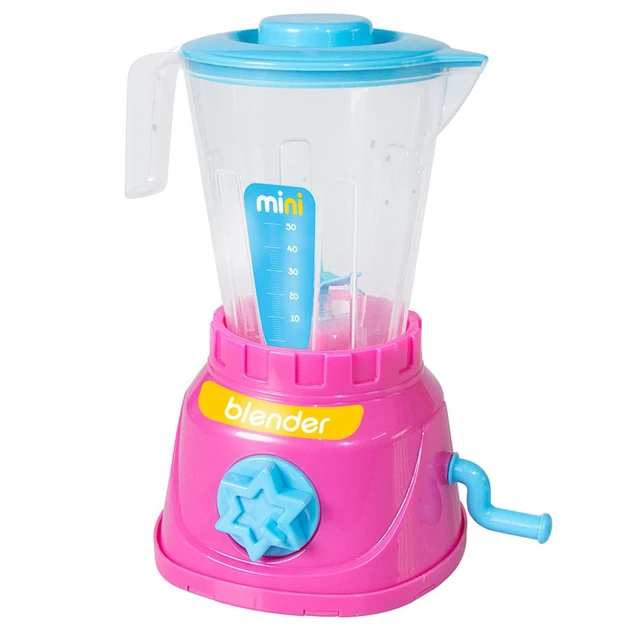
How to make smoothie at home without blender?
Mashing and Whisking Method
1.1. Selecting Soft Ingredients
When making smoothies without a blender, it is best to choose soft and easily malleable ingredients. This may include ripe bananas, soft berries, or other fruits that can be easily mashed or pureed.
1.2. Mashing the Ingredients
Place the soft ingredients in a mixing bowl and use a fork or a potato masher to mash them thoroughly. Mash until the ingredients are smooth and well combined, achieving a consistency similar to that of a puree.
1.3. Whisking to Combine
Once the soft ingredients are mashed, add any liquid components, such as milk, yogurt, or juice, to the bowl. Use a whisk or a fork to vigorously stir and combine the ingredients until they are well blended. Continue whisking until the mixture reaches a smooth and homogeneous consistency.
1.4. Optional Straining
If desired, strain the mixture through a fine-mesh sieve to remove any remaining lumps or fibers. This step is particularly helpful when working with fruits that contain seeds or fibrous components.
Mason Jar Shake Method
2.1. Selecting Ingredients and Tools
For this method, choose ingredients that are easily malleable or can be broken down into smaller pieces. You will also need a mason jar with a tight-fitting lid to create the shaking action.
2.2. Cutting Ingredients into Small Pieces
Cut the ingredients into small, manageable pieces. This ensures that they will break down effectively during the shaking process.
2.3. Combining Ingredients in the Mason Jar
Place the chopped ingredients into the mason jar, leaving some space at the top for shaking. Add any liquid components, such as milk, yogurt, or juice, to the jar.
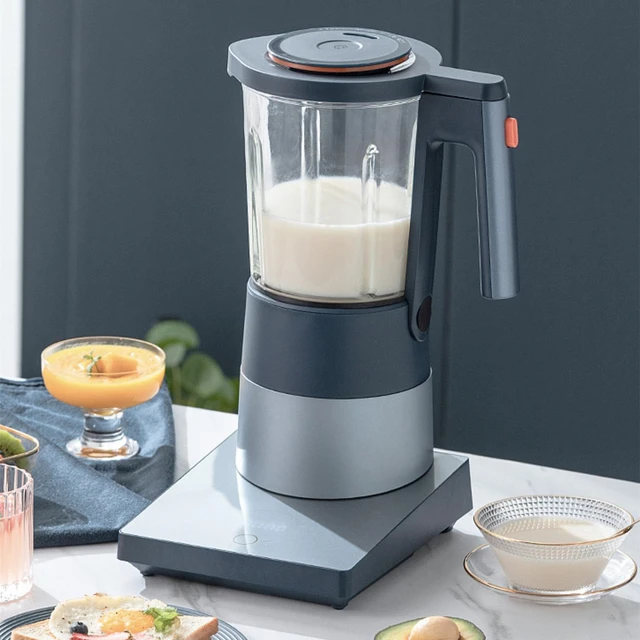
2.4. Tightening the Lid and Shaking
Secure the lid tightly on the mason jar, ensuring it is properly sealed. Shake the jar vigorously for several minutes, allowing the ingredients to mix and break down. The shaking action emulates the blending process, resulting in a smooth and well-incorporated mixture.
2.5. Straining (Optional)
If desired, strain the mixture through a fine-mesh sieve to remove any remaining solid particles. This step helps achieve a smoother texture, especially when working with ingredients that have more fibrous or seedy components.
Food Processor Method
3.1. Selecting the Right Food Processor
While not a blender, a food processor can effectively blend smoothie ingredients into a desirable consistency. Ensure that your food processor has a strong motor and sharp blades suitable for processing the ingredients.
3.2. Preparing the Ingredients
Cut the ingredients into small, manageable pieces that can be easily processed by the food processor. This includes fruits, vegetables, and any other ingredients you wish to include in your smoothie.
3.3. Layering the Ingredients
Place the ingredients in layers inside the food processor, starting with the softest and most liquid ingredients at the bottom. This ensures efficient processing and prevents any large chunks from remaining.
3.4. Processing the Ingredients
Secure the lid of the food processor and process the ingredients on a low to medium speed setting. Pulse the food processor in short bursts to break down the ingredients, gradually increasing the processing time until a smooth consistency is achieved.
3.5. Adjusting the Texture
After processing, assess the texture of the mixture. If the smoothie is too thick, add a small amount of liquid (such as milk or juice) and continue processing until the desired consistency is reached. If the mixture is too thin, add small amounts of ingredients like frozen fruit or ice to thicken it.
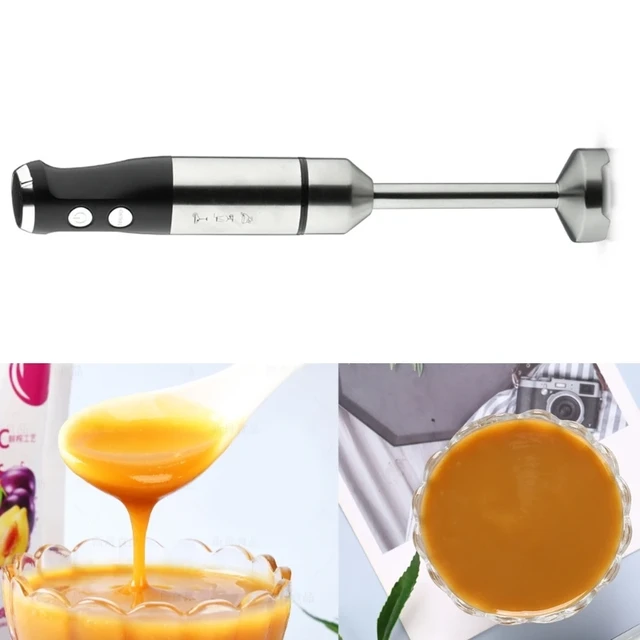
Hand Immersion Blender Method
4.1. Acquiring a Hand Immersion Blender
If you do not have a traditional blender but have access to a hand immersion blender, this method can be a convenient alternative. A hand immersion blender is a handheld device with blades that can blend ingredients directly in the container.
4.2. Preparing the Ingredients
Cut the ingredients into smaller pieces that can be easily blended by the immersion blender. This ensures efficient blending and reduces the strain on the device.
4.3. Combining the Ingredients in a Container
Place the ingredients into a large, deep container. A tall and narrow container, such as a mixing bowl or a large cup, is ideal for containing the ingredients and preventing splattering during the blending process.
4.4. Blending with the Hand Immersion Blender
Immerse the blender head of the hand immersion blender into the container, making sure the blades are fully submerged. Hold the container with one hand and the immersion blender with the other. Turn on the blender and blend the ingredients, moving the blender head around to ensure even blending and a smooth consistency.
4.5. Adjusting the Texture
Evaluate the texture of the smoothie and adjust as necessary. If the smoothie is too thick, add a small amount of liquid and continue blending. If the mixture is too thin, add small amounts of ingredients like frozen fruit or ice to thicken it.
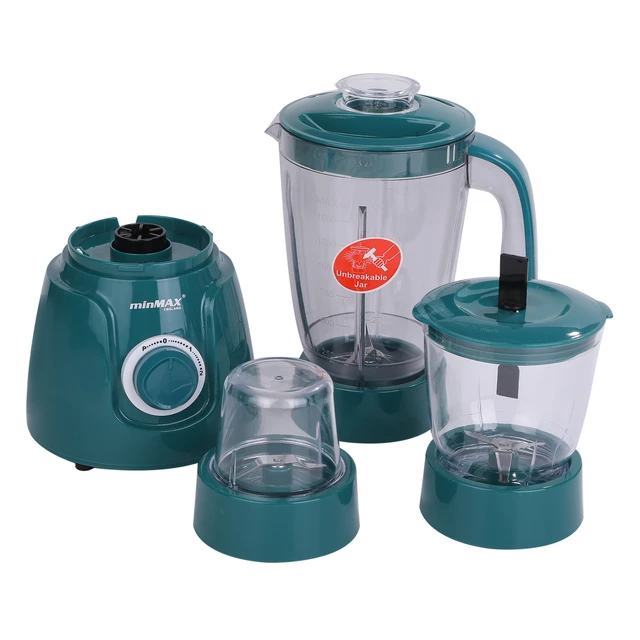
Tips and Considerations
6.1. Ingredient Choices
When making smoothies without a blender, it is important to consider the texture and consistency of the ingredients you select. Opt for soft fruits, such as bananas, berries, or avocados, as they are easier to mash or break down using alternative methods. Additionally, consider using pre-frozen fruit or ice cubes to help achieve a colder and thicker smoothie texture.
6.2. Liquid Adjustments
The amount of liquid you add to your smoothie will affect its consistency. Start with a smaller amount, such as a few tablespoons, and gradually add more as you mix or shake the ingredients. This allows you to control the thickness of the smoothie to suit your personal preference.
6.3. Experiment with Flavors
While you may not have the blending power to fully incorporate certain ingredients, you can still experiment with flavors by adding them as toppings or mix-ins after you have created the base of your smoothie. Consider adding nuts, seeds, granola, or even small fruit chunks to enhance the texture and flavor of your smoothie.
6.4. Preparing Frozen Ingredients
If you’re using frozen fruit or ice cubes, allow them to thaw slightly before mashing or blending. This will make them easier to work with and prevent excessive strain on your mixing tools.
6.5. Cleaning and Maintenance
After using alternative methods to make your smoothie, be sure to promptly clean and sanitize the utensils, containers, and tools you used. This ensures proper hygiene and prevents any residue from affecting future food preparations.
Additional Equipment for Enhanced Results
7.1. Handheld Potato Masher or Fork
To achieve a smoother consistency when mashing ingredients, consider using a handheld potato masher or a fork with sturdy tines. These tools allow you to effectively break down the ingredients and ensure a more homogenous mixture.
7.2. Manual Whisk or Egg Beater
For the whisking method, using a manual whisk or an egg beater can provide better blending results compared to using a fork. These tools allow for more efficient mixing, ensuring a smoother and well-incorporated smoothie.
7.3. Mason Jar with a Tight-Fitting Lid
When using the mason jar shake method, make sure you have a jar with a secure lid that can withstand the vigorous shaking. This will prevent any leakage or spills during the mixing process.
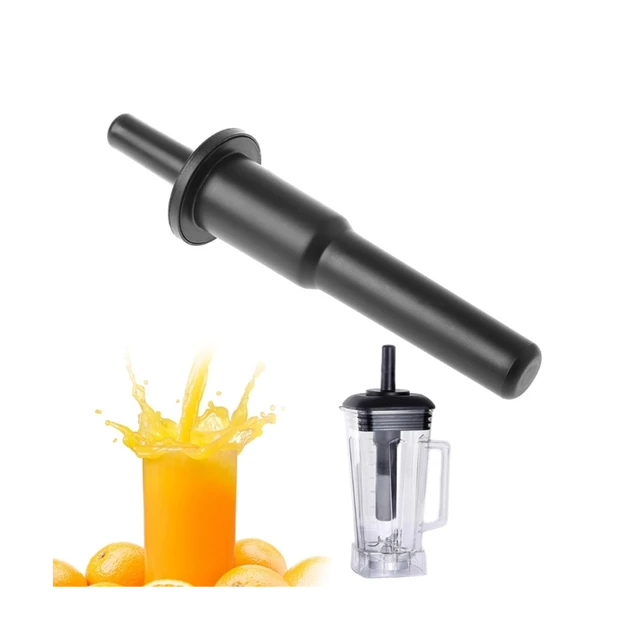
Conclusion
Making smoothies at home without a blender is possible using alternative methods that utilize basic kitchen tools and techniques. Whether you choose to mash and whisk ingredients, use a mason jar for shaking, employ a food processor, or utilize a hand immersion blender, these methods allow you to create delicious and nutritious smoothies. Remember to choose soft ingredients, cut them into manageable pieces, and incorporate liquid components to achieve a desirable consistency. With these alternative methods, you can create homemade smoothies without the need for a traditional blender, enabling you to enjoy refreshing and healthy drinks at your convenience.